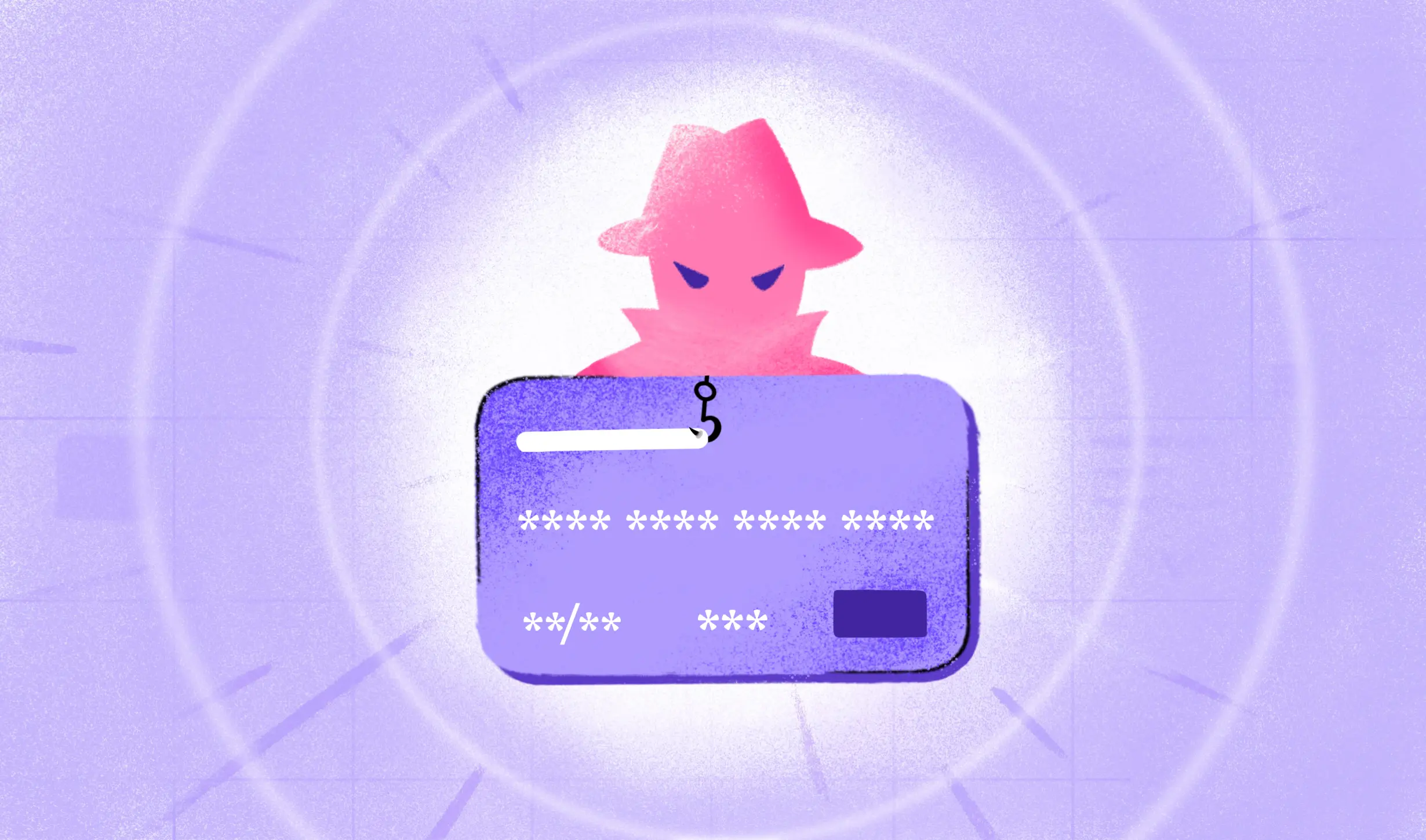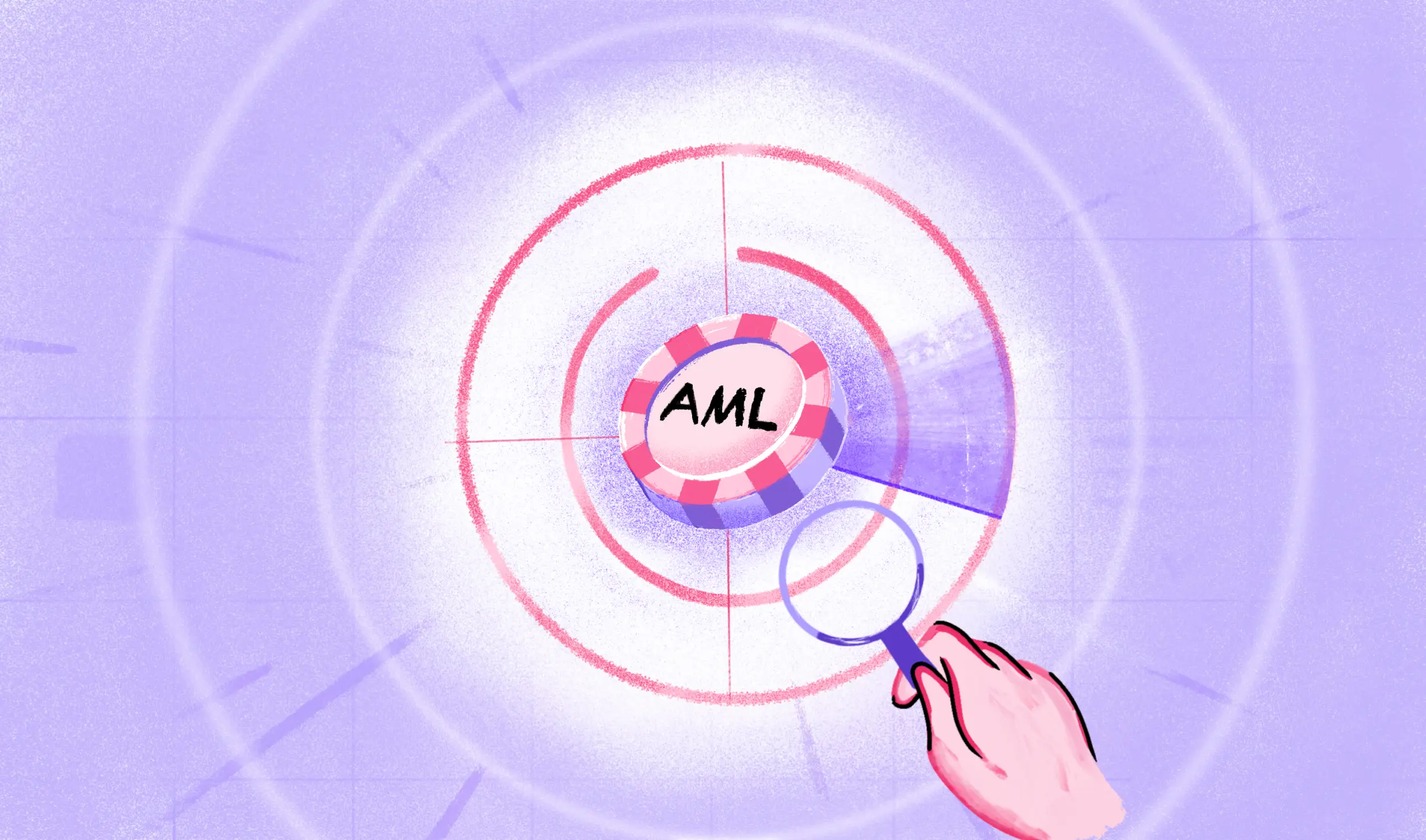Transaction Laundering is a form of electronic money laundering that allows illegal merchants to hide their transactions by processing credit card sales through an approved vendor’s payment processor and credentials.
In transaction laundering, a legitimate merchant or vendor handles payments for a third merchant or secret store selling undisclosed illegal goods or services, essentially cleaning the illicit funds. Merchant Service Providers (MSPs) involved in this scheme risk big fines and harm their reputation if they don’t meet Anti-Money Laundering (AML) requirements.
Transaction Laundering takes advantage of the credibility of payment systems by masking unlawful transactions as legitimate business and e-commerce activities. It acts as a payment conduit for illicit websites peddling drugs and other banned goods. Given the expanding empire of online commerce, both businesses and authorities need to recognize and tackle the problem of Transaction Laundering.

Why Combating Transaction Laundering is Important?
The rapid expansion of e-commerce and mobile payment systems has resulted in a substantial rise in transaction laundering. Estimates indicate that this issue could surpass $300 billion annually in the United States alone.
It has emerged as a prominent worry for governments globally, prompting heightened regulation and the enactment of new laws geared toward curbing electronic money laundering.
Combatting transaction laundering is imperative due to the numerous risks it poses. Transaction laundering facilitates illegal activities such as money laundering and terrorist financing, contributing to the growth of organized crime networks. Moreover, businesses and financial institutions involved in transaction aggregation risk significant financial losses, reputation damage, and operational disruption.
Non-compliance with anti-money laundering regulations can lead to severe penalties, a high risk of regulatory scrutiny, and reputational harm. Therefore, effective measures to prevent transaction laundering are essential to safeguard the integrity of financial systems and protect against illicit activities and illegal funds.
How Does Transaction Laundering Work?
Various techniques and methods are employed in transaction and dirty money laundering. Transaction laundering enables criminals to create seemingly genuine websites, leveraging the services of a legitimate merchant’s credit card payments payment service provider (PSP) account to launder their illicit funds.
They exploit the payment ecosystem by funneling payments from their illegal website through a legitimate merchant account PSP account, making it challenging for regulators to identify fraudulent activities.
In simpler words, they create fake websites selling illegal and counterfeit goods, and illicit goods such as weapons and drugs, but these payments are processed through a real legitimate merchant account’s payment service provider. The money eventually ends up in the criminal’s bank account. Unfortunately, customers who make purchases on these websites often don’t realize they’re participating in criminal activities.
Criminals create shell companies to handle illegal transactions, thereby masking the true ownership and purpose of the funds. Additionally, legitimate payment processors are exploited to facilitate transactions for illicit businesses, giving the appearance of legality to illegal activity.
Large transactions are often broken down into smaller ones to evade suspicion and detection by financial institutions, a process known as structuring. Moreover, accounts held under the name of a nominee or third party are used for transactions, concealing the true beneficial owner.
Key Strategies for Preventing Transaction Laundering
Here are a few key strategies for preventing transactions to detect money laundering:
Examine the Website’s Functionality and Unexplained Trends
Combatting transaction laundering begins with analyzing the functionality of suspect seller websites. By comparing the content and sales volume of fraudulent websites with legitimate transactions, businesses can identify inconsistencies that may indicate illicit activities.
Conduct Customer Due Diligence
Implementing robust customer due diligence measures is essential. This involves verifying the identity of customers with merchant accounts and conducting background checks to assess their risk level, aiding in identity theft and the detection of potentially fraudulent transactions.

Perform Risk Assessment
Businesses must conduct thorough risk assessments to evaluate the potential risks associated with different types of transactions and business relationships. This helps in prioritizing monitoring efforts and implementing appropriate control measures.
Ongoing Monitoring
Continuous monitoring of payment process credit card payments, transactions acquiring bank, and customer activities is crucial in detecting suspicious behavior indicative of transaction laundering. Employing advanced technology for real-time transaction monitoring and alert generation enhances the effectiveness of this process.
Record-keeping and Reporting
Maintaining comprehensive records of transactions and customer information is essential to detect transaction laundering for compliance purposes. Timely reporting of suspicious activities and criminal activity to regulatory authorities is critical in combating transaction laundering and ensuring regulatory compliance.
Enhancing anti-money laundering controls and monitoring processes with these strategies can significantly strengthen a company’s financial institution’s ability to detect and prevent transaction laundering.
Read more suspicious activity report
Stay Compliant with the AML Compliance
At HyperVerge, Our AML solutions facilitate continuous transaction monitoring and ensure compliance with anti-money laundering regulations, important for combating transaction laundering. By analyzing transaction data in real-time, these solutions help detect suspicious activities and prevent illicit financial transactions.

To learn more about how AML solutions can enhance anti-money laundering efforts, visit HyperVerge’s AML solutions.

 US
US
 IN
IN









